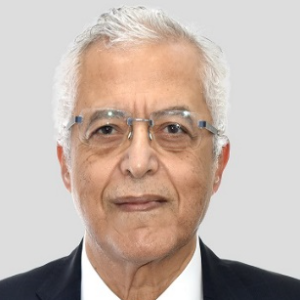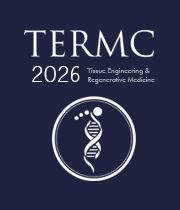Neuroglial Cells
Neuroglial Cells, also known as glial cells or simply glia, are non-neuronal cells that provide crucial support and maintenance functions in the nervous system. Once considered primarily as structural support cells, recent research has highlighted the diverse and active roles that neuroglial cells play in the development, function, and protection of neural tissue. There are several types of neuroglial cells, including astrocytes, oligodendrocytes, microglia, and ependymal cells. Astrocytes are star-shaped cells that contribute to the structural and nutritional support of neurons, regulate ion and neurotransmitter concentrations, and participate in the blood-brain barrier. Oligodendrocytes and Schwann cells are responsible for producing myelin, facilitating efficient nerve signal transmission. Microglia act as immune cells in the brain, protecting against infections and contributing to synaptic pruning. Ependymal cells line the ventricles and aid in cerebrospinal fluid production. The functions of neuroglial cells extend beyond structural support. They actively participate in neural communication, modulate synaptic transmission, and influence synaptic plasticity. Additionally, glial cells play roles in neuroinflammation, neuroprotection, and the maintenance of homeostasis. Disruptions in glial function have been implicated in various neurological disorders, including neurodegenerative diseases, epilepsy, and psychiatric disorders. Understanding the complex interactions between neurons and glia is critical for comprehending the intricacies of the nervous system and developing therapeutic strategies for neurological conditions. Ongoing research continues to unveil the multifaceted roles of neuroglial cells, emphasizing their significance in neural function and the potential for targeting glial cells in the development of novel treatments for neurological disorders.

Nagy Habib
Imperial College London, United Kingdom
Lucie Bacakova
Institute of Physiology of the Czech Academy of Sciences, Czech Republic



Title : AI-integrated high-throughput tissue-chip for space-based biomanufacturing applications
Kunal Mitra, Florida Tech, United States
Title : Stem cell technologies to integrate biodesign related tissue engineering within the frame of cell based regenerative medicine: towards the preventive therapeutic and rehabilitative resources and benefits
Sergey Suchkov, N.D. Zelinskii Institute for Organic Chemistry of the Russian Academy of Sciences, Russian Federation
Title : In vitro evaluation of lyophilized Dedifferentiated Fat cells (DFAT) impregnated artificial dermis
Kazutaka Soejima, Nihon University, School of Medicine, Japan
Title :
Nagy Habib, Imperial College London, United Kingdom
Title :
Alexander Seifalian, Nanotechnology & Regenerative Medicine Commercialisation Centre, United Kingdom
Title : The regenerative medicine of the future
Marco Polettini, DVM, Italy